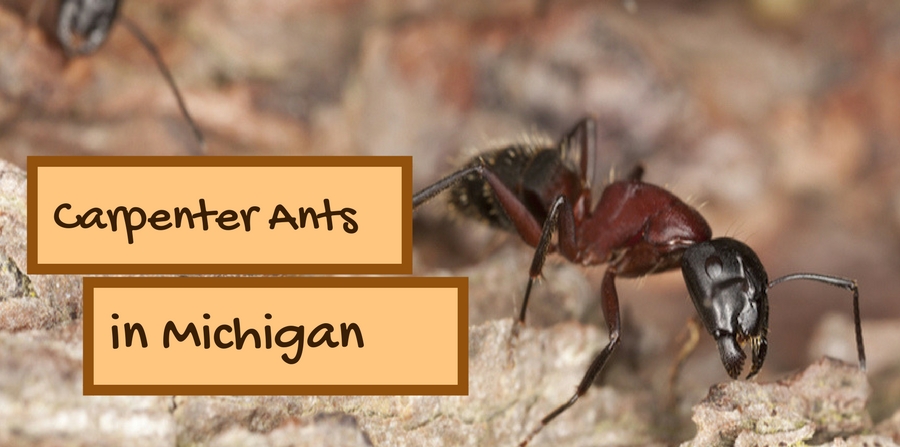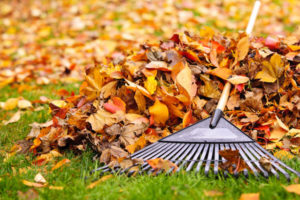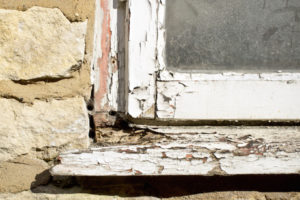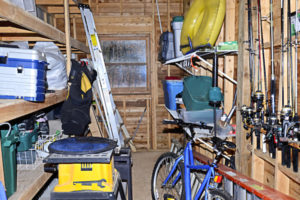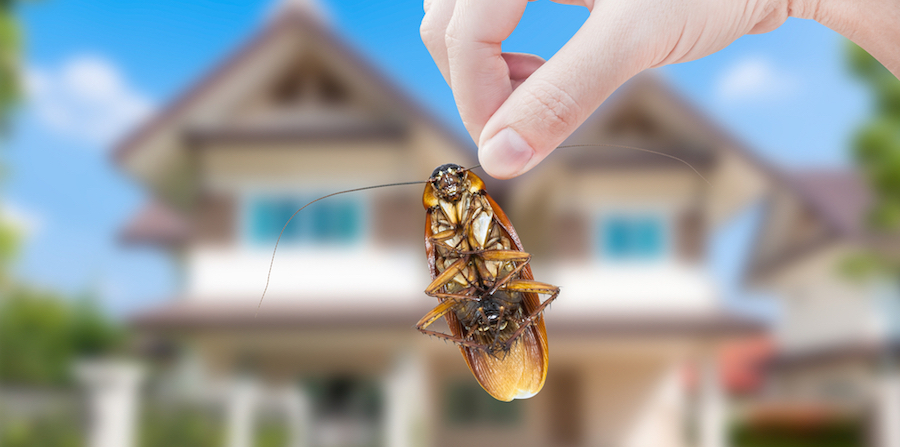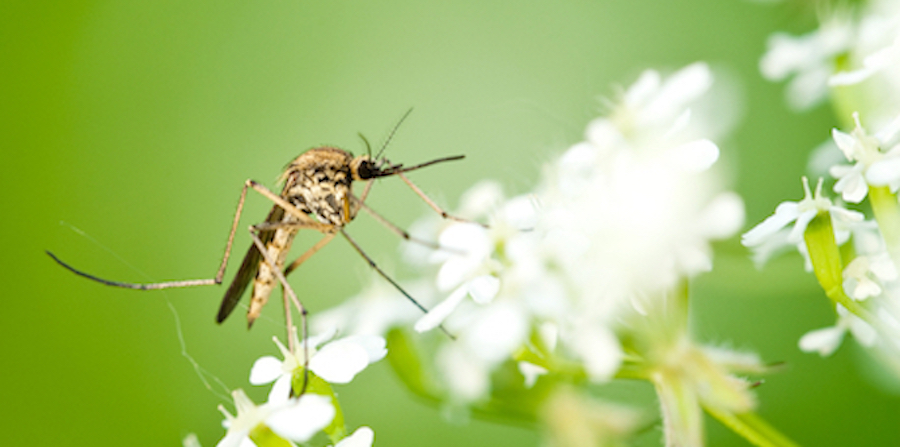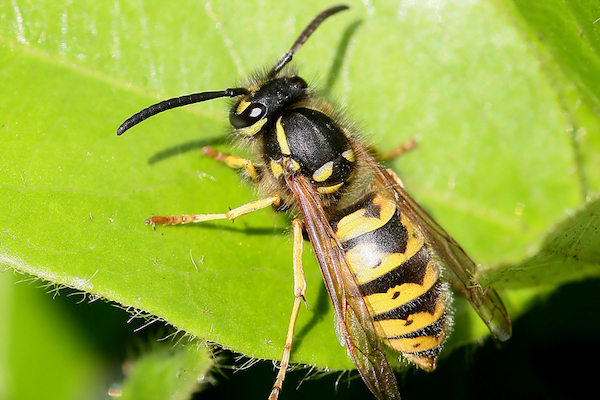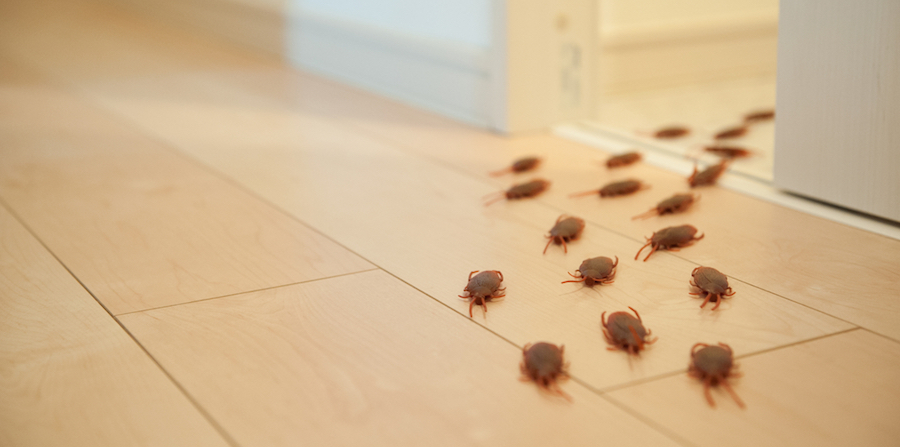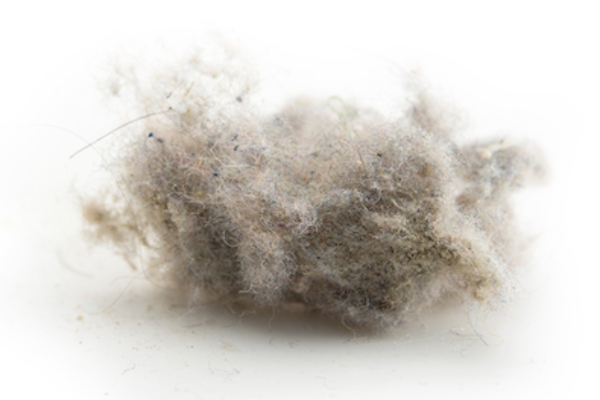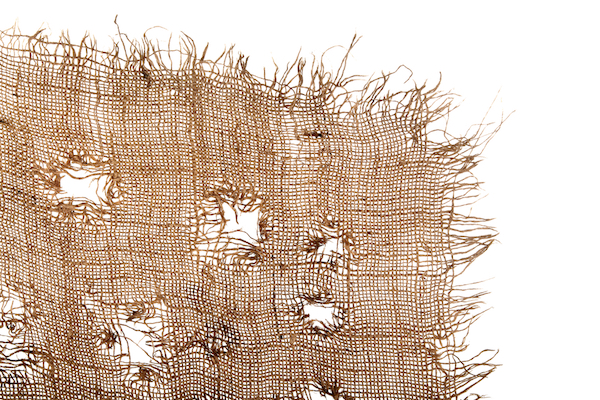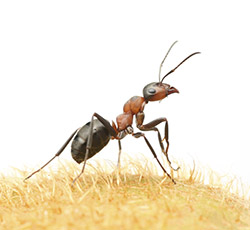Carpenter ants are the undercover saboteurs of the pest world. Disguised as the unassuming pavement or field ant, they infiltrate your home. Quietly, slowly, they establish themselves, building their base of operations. Year after year, their colony grows, until… your home is their home.
…Ok, so it’s not as dramatic as all that, but carpenter ants really are bad news. Despite their propensity to inflict serious damage all over Michigan, carpenter ants are far less well-known than their wood-munching rival, the termite. It’s time that changed. Here’s everything you should know about Michigan’s wood-tunneling terror, and how you can keep it away from your home.
What are carpenter ants?
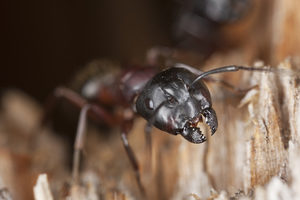 Carpenter ants (Camponotus spp.) are some of the largest and most common ants in Michigan. Adults have multiple “job” classifications depending on the role they perform for their colony. There are three distinct “castes”: workers, drones, and queens. Generally, ants of each caste range in size from ¼ to ¾ of an inch. They’re usually black, but they can also be dark brown, red, orangish, or dull yellow.
Carpenter ants (Camponotus spp.) are some of the largest and most common ants in Michigan. Adults have multiple “job” classifications depending on the role they perform for their colony. There are three distinct “castes”: workers, drones, and queens. Generally, ants of each caste range in size from ¼ to ¾ of an inch. They’re usually black, but they can also be dark brown, red, orangish, or dull yellow.
Carpenter ant workers resemble typical “sugar” ants, except they’re larger. Drones are larger than workers and have flight-capable wings. Drones may be mistaken for termites, because they fly in swarms when mating. Carpenter ant queens are the largest and least numerous caste. It’s possible to distinguish carpenter ants from other species by examining their waists and thoraxes. Carpenter ants only have one “petiole” or waist segment separating their abdomen from their thorax. These thoraxes are evenly rounded and look smooth or uniform.
Why are they a problem?
Carpenter ants build their colony nests by carving tunnels through wood. Workers bore through moist, rotting, or damaged wood to create hollowed-out spaces for colony members to live. Unlike termites, carpenter ants don’t eat the wood they chew through. Instead, they break it down into a sawdust-like substance and transport it out of the tunnel. As carpenter ant colonies grow in size, workers continually expand their colonies’ tunnels through the infested wood.
Over a long enough period, tunnels carved by carpenter ants compromise the structural integrity of infested wood. It may even break, collapse, or fail, sometimes leading to expensive and potentially dangerous damage. Carpenter ant don’t usually do as much damage as termites, but they still pose a threat to wood in your home.
When are they active?
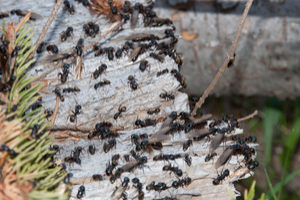 Carpenter ant workers actively build their nests whenever they’re warm enough to move around. Drones and queens emerge from their nests to swarm and mate during early spring. After mating, carpenter ant queens’ wings break off and they begin building a nest for their eggs. While the queens search for a nest, they are more visible than usual and may be encountered indoors. Don’t panic! That doesn’t necessarily mean they’ve infested your home… yet. If you find several flying drones in your home, however, chances are they came from an indoor nest.
Carpenter ant workers actively build their nests whenever they’re warm enough to move around. Drones and queens emerge from their nests to swarm and mate during early spring. After mating, carpenter ant queens’ wings break off and they begin building a nest for their eggs. While the queens search for a nest, they are more visible than usual and may be encountered indoors. Don’t panic! That doesn’t necessarily mean they’ve infested your home… yet. If you find several flying drones in your home, however, chances are they came from an indoor nest.
Carpenter ants usually spend winter dormant; they return to their nests and wait for temperatures to warm back up. If they’re nesting in a warm place such as your home, however, several workers may remain active all year. If you encounter carpenter ants indoors during the winter, they are most likely infesting wood in your home.
How do you get them?
Carpenter ants need moisture to survive, and chewing through wood dries them out in a hurry. Consequently, carpenter ants are only attracted to moist wood, or wood that is rotten and softening. Wet wood is easier, faster, and less resource-intensive to tunnel through. It gives way easier, and the colony can remain hydrated while expanding.
Outdoors, the ants primarily nest around rotten tree stumps, dead tree limbs, firewood, old fence posts, or rocks. Indoors, they’ll seek out any wood that’s already been compromised by water or humidity. If you have carpenter ants, it’s probably because some of the wood in or around your house is water-damaged. Plumbing leaks, humidity, drafts, puddling, and poor insulation all promote the environments that make wood appealing to carpenter ants.
How do you prevent them?
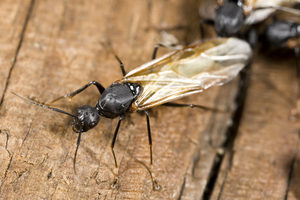 The first thing you should look for when you have carpenter ants is a moisture problem. Make sure you don’t have any plumbing leaks. Check your home’s humidity, especially in your basement, attic, pantry, or crawlspace. Ensure your gutters, downspouts, sump pump, and drainage are all working properly. Look for puddles in your basement. Address any drafts you feel in your home, especially if it’s winter. Consider investing in a dehumidifier for particularly humid parts of the home.
The first thing you should look for when you have carpenter ants is a moisture problem. Make sure you don’t have any plumbing leaks. Check your home’s humidity, especially in your basement, attic, pantry, or crawlspace. Ensure your gutters, downspouts, sump pump, and drainage are all working properly. Look for puddles in your basement. Address any drafts you feel in your home, especially if it’s winter. Consider investing in a dehumidifier for particularly humid parts of the home.
If you happen to find water-damaged wood, dispose of it immediately. The longer carpenter ants infest a structure, the further they’ll spread. It’s possible locate a carpenter ant colony by finding the sawdust-like material they produce after boring through wood. Remove the nest by detaching and disposing of the damaged wood. If damage is extensive, you may want to enlist the help of a professional to avoid hurting surrounding structures.
The most dangerous thing about carpenter ants is their ability to go unnoticed. Now that you know what to look for, you’ve disarmed their most valuable tool. Don’t stop there. Next time you think you might have spotted a carpenter ant, trust your instincts. Track that little wood biter down and flush it out to save yourself a big headache in the future. This is your house!
And remember: if you ever need some back-up in the war against the wood monsters, give Griffin a call anytime. Any win we can snatch away from carpenter ants is a win for us!

